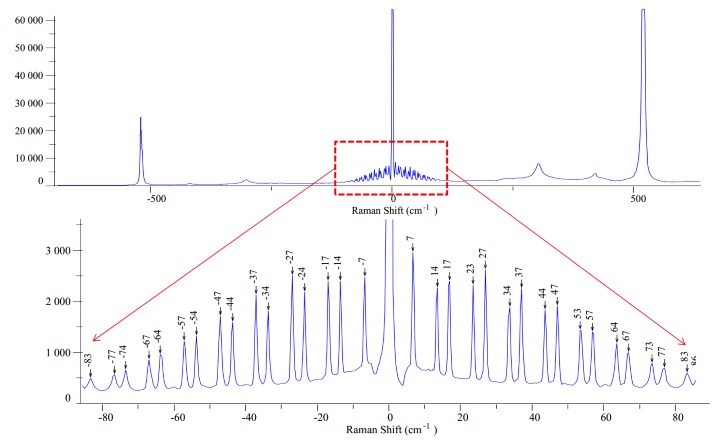What Is Low Frequency Analysis? Why We Need It?
What Is Low Frequency Analysis?
Analysis of the Raman shift in the low frequency analysis means a relatively low frequency range of the spectrum. In most of standard Raman Spectrometers, allowing the user to analyze the spectral range of 100-200 cm-1. As a Raman spectrometer allow the researcher to observe the details 30-50 cm-1 (standard monochromatic spectrometer) range, even as small as 4-5 cm-1 (triple monochromatic spectrometer) of the range, we call it low frequency analysis.
Why We Need Low Frequency Analysis?
For most conventional analysis, we use general Raman Spectrometer (spectrum above 100 cm-1), which is sufficient to recognize or identify the sample. However, in some materials, the characteristics of the material is needed to be analyzed by the spectrum less than 100 cm-1, in order to distinguish the different raw materials. In certain other cases, the low frequency analysis is necessarily, for example:
- Longitudinal acoustic modes in polymers
- Semiconductor superlattices
- Certain metal oxide and halide species
- Polymorphs of APIs (Active Pharmaceutical Ingredients)
- Crystal lattice modes

Ultra Low Frequency Raman Spectrum
ACTTR Technology is the most aggressive & the most professional instrument of spectrometer distributor, agent, reseller, in Taiwan.


